-
MK Smiles Dental Clinic
203, Giri Heaven CHS, Hariniwas Circle - Naupada, Thane West, 400602
- mksmilesclinic@gmail.com
- 022 25429009 | +91 9619819009
Copyright © MK Smiles. Proudly designed by DigitalVTalks.
Cosmetic dentistry is a specialized field within dentistry that is dedicated to improving the appearance of a person’s teeth, gums, and smile. While traditional dentistry primarily focuses on oral health and functionality, cosmetic dentistry goes beyond that by considering the aesthetic aspects of a person’s smile.
There are various treatments and procedures available in cosmetic dentistry to address different cosmetic concerns. Teeth whitening is a popular procedure that can brighten and remove stains from teeth, enhancing their appearance. Dental veneers are thin shells made of porcelain or composite resin that are bonded to the front surface of teeth to correct issues like chipped, stained, or misaligned teeth.
For individuals with missing teeth, dental implants provide a permanent and natural-looking solution. Dental bonding involves the application of tooth-colored resin to repair minor imperfections such as chips or gaps. Orthodontic treatments, including braces or clear aligners like Invisalign, help straighten crooked or misaligned teeth.
Cosmetic dentistry also encompasses gum reshaping procedures, which can improve the appearance of a gummy smile or restore an uneven gum line. Additionally, smile makeovers involve a comprehensive combination of cosmetic dental procedures tailored to meet an individual’s specific aesthetic goals.
It is important to note that while cosmetic dentistry primarily focuses on enhancing the appearance of teeth, it also considers oral health. Dentists who specialize in cosmetic dentistry have expertise in both the functional and aesthetic aspects of dental care, ensuring that any cosmetic improvements are achieved while maintaining the overall health of the teeth and gums.
Next the tooth extraction takes place. When enough bone is present, the damaged tooth can be extracted in the same meet and the implant placement procedure can be carried out immediately A solid base for the implant is achieved with an alveolar bone grafting and this could take two to six months to heal
Further, the dental implant is tested to examine whether it is successfully taken up by the bone. On positive results, the prosthetic component is joined with the screw which helps to hold the replacement tooth. Lastly, the impression of the mouth will be taken to custom-make the crown and cemented with a screw.
